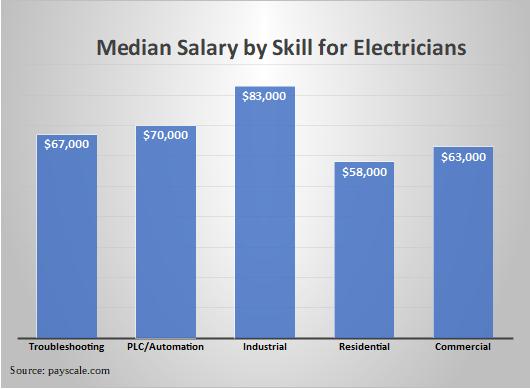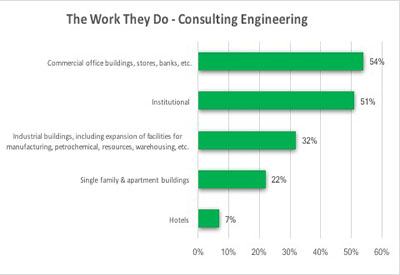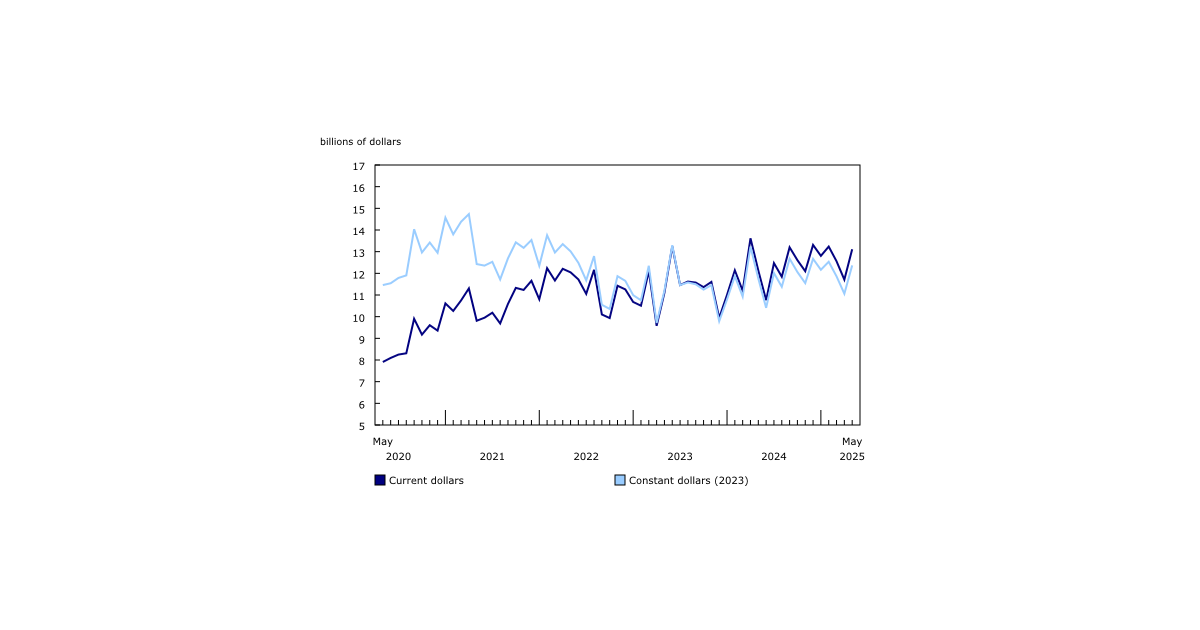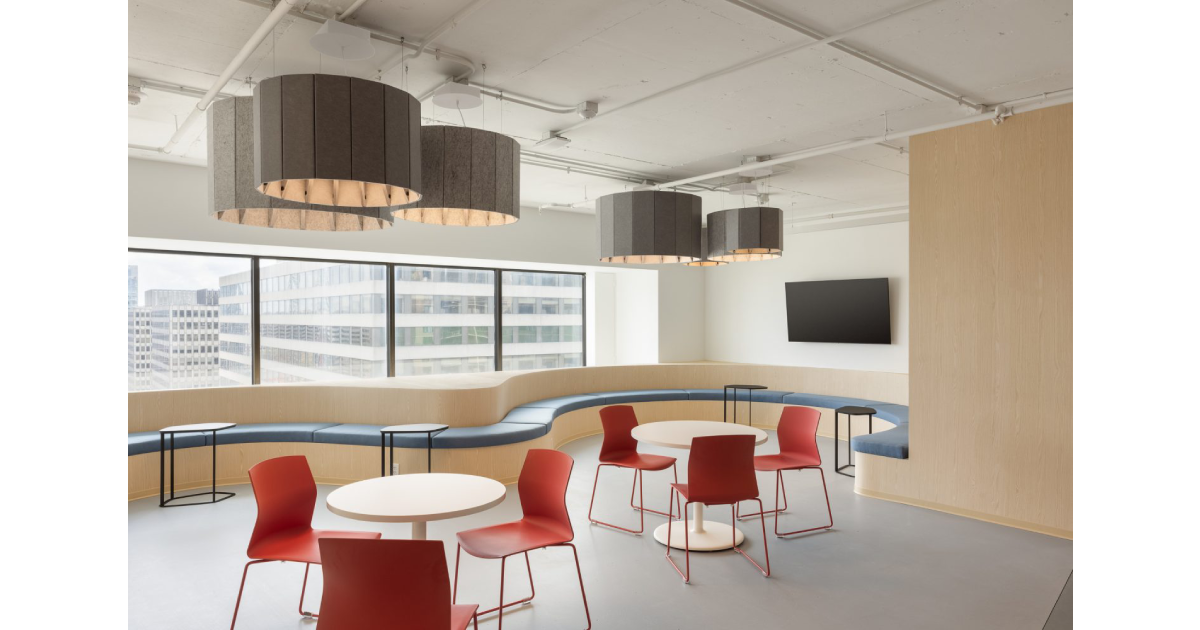Discussing the Business Impacts of COVID-19 on the Electrical Industry with Taylor Gerrie

May 29, 2020
By Blake Marchand
Taylor Gerrie is a Director of Strategic Transformation with his family business, Gerrie Electric Wholesale Ltd. Taylor took some time to address the current situation brought on by the pandemic, how Gerrie Electric has adapted, what he is seeing in terms of the impact on the market, and how he sees things changing as we gradually move towards getting back to ‘normal’.
What are the challenges right now?
“There are a lot of challenges right now; it is affecting everyone,” said Taylor, “For example, there are a lot of projects that have been put on hold.”
Discussing the impact on contractors, he said, “they were restricted access to facilities to perform the work if that facility was deemed a non-essential workplace, so, they could not proceed with a project they may have been working on even if they had already purchased all the material. Since many jobsites had been shut down, they could not receive material and work could not be performed. That was not all jobsites but was a lot of them which affected everyone down the line.” Fortunately, since this interview, the construction site restrictions have been lifted.
“The lighting industry has also been affected.”
In the industrial sector for example, lighting audits could not be performed under the criteria for essential workplace with safe physical distancing requirements.
“Those lighting audits were stopped, and the purchasing slowed down. In addition, many of these companies put holds on their capital projects to reserve cash.”
 When it comes to manufacturing facilities, Taylor noted, “Many had a reduced workforce, so they may not have needed their typical purchases of material. For those who postponed capital projects, they did not need as much material from a distributor and restricted contractors from performing work unless it was mandatory.”
When it comes to manufacturing facilities, Taylor noted, “Many had a reduced workforce, so they may not have needed their typical purchases of material. For those who postponed capital projects, they did not need as much material from a distributor and restricted contractors from performing work unless it was mandatory.”
“This affects the electrical distributor because with both manufacturer and contractor not purchasing, this impacts the distributor in two sectors.”
“Now looking at the OEM segment, if manufacturers put their projects on hold, then the OEM is not building the equipment for them.”
“The manufacturers putting these projects on hold impacts many of the distributors’ customer segments.”
“A big concern was the automotive plants having been shut down,” he explained, “as one in five jobs in Ontario is in some way or another tied to automotive.” Although, there was some maintenance going on in those factories for the first few weeks that was short term. Fortunately, they have initiated return to work.
As a distributor, if you were managing the inventory for these types of facilities you were not able to provide that service if the company had shut down or had restricted access to employees only.
Looking ahead…
The current dynamic is changing so rapidly, Taylor said “it is very difficult to make any solid predictions for the future.”
“Hopefully in July we will be in a much better position with our economy – as long as we keep on with the social distancing message that’s been applied.”
Do you see an influx of projects once restrictions are lifted?
“It could go either way. Once we do bounce back and open up, a lot of those capital budgets may still be in place, so we are optimistic that we will be able to pick up some of that business. However, it will still be slow – in some cases we may have to start over while other projects that have been planned out may have to be re-jigged and re-planned. Many of those capital projects are going to change, as there will be a greater need for innovation and automation for the future.”
“And I know we will bounce back.”
How has Gerrie Electric changed how they operate?
Gerrie has employees working remotely if they can, as many companies have done. They restricted access to all of their buildings to employees only, to comply with physical distancing measures up until the government’s restrictions had eased. “So, picking up materials for customers had changed drastically.”
Taylor said, customers are “getting used to the calling-in, the website, emailing, placing orders and checking stock in a virtual setting.”
Gerrie had also adopted contactless delivery and curbside pick-up.
“The curbside pick-up has been successful,” he noted, “our counter staff have done well at getting the orders ready and the customers out and back on their way safely and efficiently.”
On their website, Taylor noted, “there’s been a massive increase in our chat line, so we’ve had to add more people as resources to accommodate those higher volumes which has been quite successful.”
“There has been a significant increase in online training available for customers and even our employees. A lot of our suppliers are offering training which is valuable if our team has spare time increase their knowledge and expertise.”
They have also been keeping stock of sanitizing materials and homemade masks for the team as recommended by the Head of Public Health Agency, Dr. Theresa Tam.
“We want to do everything we can to keep our staff, customer and vendors safe and healthy.”
How will the pandemic impact the use of technology?
“In my opinion, we will likely see more virtual interaction with our customers versus physical in the future.
“People are getting more comfortable with Zoom, Skype for Business and Microsoft Teams and all of its benefits.”
“There will be a greater acceptance of working remotely. However, there is a positive and negative to both working remotely versus the office. Working remotely has the potential to be more productive because you have the ability to be more focused as you may not be distracted from interacting with your fellow colleagues in the workplace. That being said, the downside is you’re not going to be learning from an experienced colleague or sharing of ideas and collaborating.”
This applies to training, as well. Historically, training has been done in-person. Due to necessity, I believe there has been a greater acceptance of online training. A greater focus on online training has likely made it easier to administer training as there is no requirement for a physical location or needing to coordinate people coming together.
Taylor also sees online ordering being utilized more in the future as people are more comfortable now with the process and the ease of use. “People have been encouraged to use online ordering to mitigate exposure and risk, and I feel now people are going to be more comfortable going forward as they have seen how easy it is.”
This is something Taylor sees as a positive for the industry. There is no avoiding the hardship this pandemic has caused for many people on many different levels, particularly those on the frontlines and those who have been impacted personally. However, it is important to be optimistic in these situations.
“I know it’s a bad situation we have been experiencing, but we need to keep uplifted and take the positives for what they are… we will get through this and be more resilient for it!”
Blake Marchand is an Associate Editor with Kerrwil Electrical Group

















